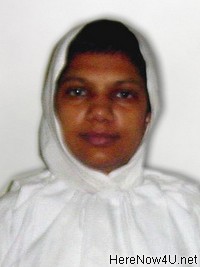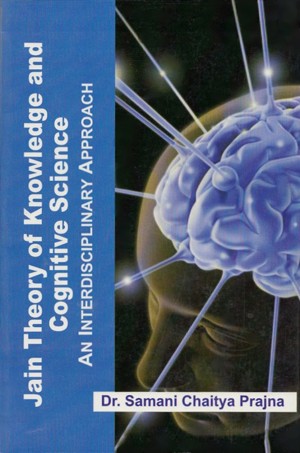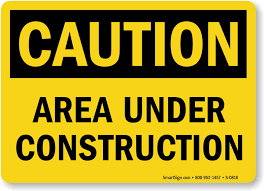Fig. 2.1 | Organic Structure (nivrtti) and Material efficiency of the Senses (uvagaranarh): |
Fig.2.2 | Organic Structure (nivrtti) and Material efficiency of the Senses (uvagaranarh) of tongue |
Fig. 2.3 | Jain Classification of the Senses |
Fig. 2.4 | Classification of the senses in Jainism vs. Biology |
Fig. 2.5 | Structure of an Eye |
Fig. 2.6 | Structure of an Ear |
Fig. 2.7 | Structure of a Tongue |
Fig. 2.8 | Structure of a Nose |
Fig. 2.9 | Structure of the Skin |
Fig. 2.10 | A. Nervous System in Lower Organism |
Fig. 2.10 | B. Nervous System in Lower Organism |
Fig. 2.11 | Average Brain weight of different species of animals |
Fig. 3.1 | Information Processing in Computer |
Fig. 3.2 | Atkinson Model of Information Processing |
Fig. 3.3 | Edwards model of Information Processing |
Fig. 3.3 | A. Jain Model of Information Processing |
Fig. 3.3 | B. Jain model of Information Processing |
Fig. 3.4 | Classification of Perceptual Cognition |
Fig. 3.5 | Brain Areas of Memory |
Fig. 3.6 | Brain Areas of Recognition |
Table No. 3.1 | Tarka in Jainism Vs. Logic In Formal Logic |
Fig. 5.1 | Process of Communicative or Verbal Cognition |
Table No. 6.1 | Clairvoyance and Glands |
Table No. 6.2 | Names of Centers of Clairvoyance Coined Various Scriptures |
Fig. 7.1 | Process of Simulation |
Fig. 7.2 | Process of Mind Reading in Jainism |
Fig. 7.3 | Process of Mind Reading in Science |
Fig. 8.1 | Process of Omniscience |
Fig. 9.1 | Jain Model of Information Processing |
Fig. 9.2 | Brain Parts involved in Information Processing |
Fig. 9.3 | Process of Verbal or Articulate Cognition |
Fig. 9.4 | Process of Mind Reading in Jainism |
Fig. 9.5 | Process of Omniscience |
Jain Theory of Knowledge and Cognitive Science: 0.4 List of Figures and Tables
 Samani Chaitya Pragya
Samani Chaitya Pragya
Updated: 02.08.2017

Title: Jain Theory of Knowledge and Cognitive Science
Author: Dr: Samani Chaitya Prajna
Publisher: Jain Vishva Bharati University, Ladnun, Rajasthan, India
Edition: 2012

Chapters
are under reorganisation
for better
content display
and direct access
Upgrades finished:
02.08.2017:
1 ►An Interdisciplinary Approach
1.0 Introduction
1.1 Jain Theory of KnowledgeDefinition of Knowledge
Classification of Knowledge1.2 Cognitive Science and its Interdisciplinary Approach
1.3 Neuroscience
1.4 Jain Theory of Knowledge and Neuroscience
14.08.2017:
2 ►Sensation, Perception and Neuroscience
2.0 Introduction
2.1 Concept of Sense Organs in Biology and Jainism
2.2. Derivative Meaning of Indriya
2.3 Types of Sense Organs and its Further Classes
2.4 Nature of Senses Explained in Biology and JainismOrganic Structures
Jain Classifications of the Senses
Classification of the Senses in Jainism vs. Biology
Sequence of the Attainment of the Senses2.5 Nature of Senses Explained in Biology and Jainism
A. Sense of Vision
B. Sense of Hearing
C. Sense of Taste
D. Sense of Smell
E. Sense Of Touch
Can Sense Organs Function as Any Other Sense Organ?2.6 Concept of Mind (mana) - The quasi-sense
16.08.2017
3 ►Information Processing
3.0 Introduction
3.1 Information Processing in Jainism
3.2 Jain Model of Information Processing
3.3 Sensation and Stage of Sensory Registration
3.4 Speculation and Stage of Object Analysis
3.5 Perceptual Judgment and Stage of Object Determination
3.6 Retention
3.7 Memory and Science behind it
3.8 Recognition and its Corresponding Brain Area
3.9 Inductive Reasoning and Western Logic
3.10. Inference